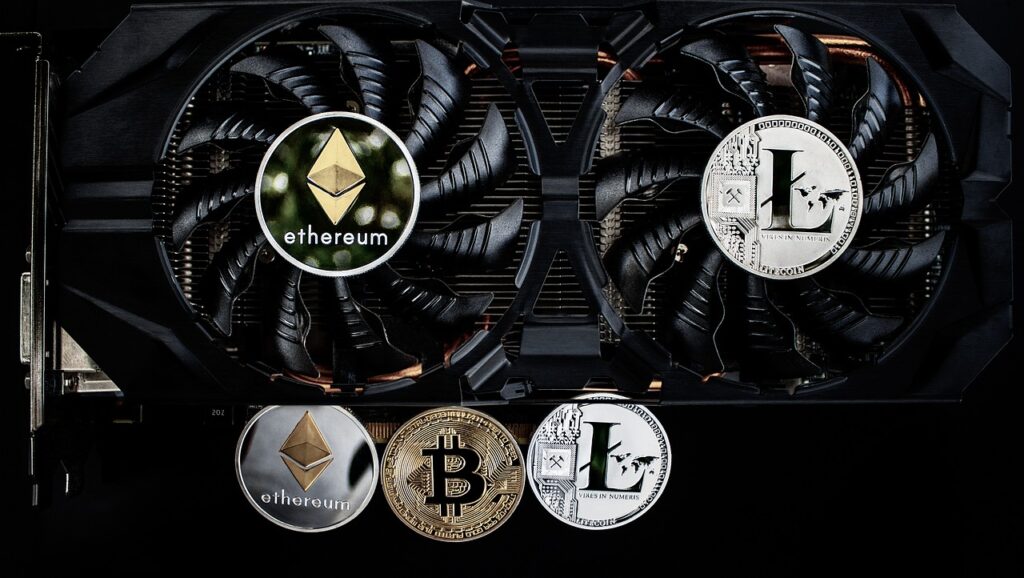What are StableCoins?
Stablecoins are cryptocurrencies that are pegged/tied to another currency, designed to maintain a stable value. They offer this stability in numerous ways:
- Fiat-Collateralized Stablecoins: Stablecoins that maintain their value by holding reserves of fiat currency, a government-issued current, typically US dollars. Tether is a fiat-collateral stablecoin, using US dollars as its reserves, and it is one of the largest cryptocurrencies.
- Crypto-Collateralized Stablecoins: Stablecoins that, like Fiat-Collateralized stablecoins, hold reserves, but instead of a fiat currency, they use other cryptocurrencies. Although this would seem to be just as volatile as other cryptocurrencies, they are overcollateralized, holding reserves of other cryptocurrencies worth more than the value of the stablecoin issued. MakerDAO’s Dai stablecoin is pegged to the US dollar but has reserves of Ethereum.
- Algorithmic Stablecoins: Unlike the other two stablecoins, algorithmic stablecoins don’t hold any type of reserve; instead, their value is kept stable through an algorithm that regulates their supply. TerraUSD is an example of an algorithmic stablecoin.
These coins are important because they offer a less volatile currency compared to other cryptocurrencies. Because of this stability, these currencies are valuable for transactions and help make crypto use more widespread.
Yet these stablecoins have their own risks, the biggest being depegging. Depegging is when a stablecoin breaks away from its pegged value.

So why do Stablecoins Depeg?
- Market Conditions: Stablecoins are still subject to fundamental market conditions like supply and demand, liquidity, arbitrage (trading currencies because of small differences in values), etc. Additionally, as many stablecoins hold reserves, if the reserve currency loses value (or even gains value), then the stablecoin reciprocates the same way. Even small changes in these factors can influence a stablecoin’s value.
- Liquidity Issues: Liquidity (the ease of exchanging tokens for other tokens) is critical for cryptocurrencies, where high liquidity means market stability and vice versa. Issues in liquidity can arise as a result of network congestion, technical issues, and security breaches. Like changing market conditions, changes in liquidity can have both small and large influences on a stablecoin’s value, potentially even leading to depegging.
- Regulatory Changes and Design Issues: Changes in regulation, such as new laws (like changing the treatment of cryptocurrency), can influence stablecoin prices. Additionally, the design of the stablecoin itself is critical to stability, where any bug in the code can equate to depegging (although this is rare for larger currencies).
Overall, stablecoins depeg for a variety of reasons, and although they are far more stable than traditional cryptocurrencies they are still subject to general market conditions.

 Bitcoin
Bitcoin  Ethereum
Ethereum  XRP
XRP  Tether
Tether  Solana
Solana  Dogecoin
Dogecoin  USDC
USDC  Cardano
Cardano  Lido Staked Ether
Lido Staked Ether  TRON
TRON  Chainlink
Chainlink  Avalanche
Avalanche  Sui
Sui  Wrapped stETH
Wrapped stETH  Wrapped Bitcoin
Wrapped Bitcoin  Stellar
Stellar  Toncoin
Toncoin  Hedera
Hedera  Shiba Inu
Shiba Inu  Polkadot
Polkadot  WETH
WETH  LEO Token
LEO Token  Bitcoin Cash
Bitcoin Cash  Litecoin
Litecoin  Hyperliquid
Hyperliquid  Official Trump
Official Trump  Bitget Token
Bitget Token  Uniswap
Uniswap  Pepe
Pepe  Wrapped eETH
Wrapped eETH  USDS
USDS  NEAR Protocol
NEAR Protocol  Ethena USDe
Ethena USDe  Aave
Aave  Aptos
Aptos  Internet Computer
Internet Computer  Ondo
Ondo  WhiteBIT Coin
WhiteBIT Coin  Monero
Monero  Ethereum Classic
Ethereum Classic  Cronos
Cronos  POL (ex-MATIC)
POL (ex-MATIC)  Mantle
Mantle  Render
Render  Dai
Dai  Bittensor
Bittensor  Algorand
Algorand  Artificial Superintelligence Alliance
Artificial Superintelligence Alliance